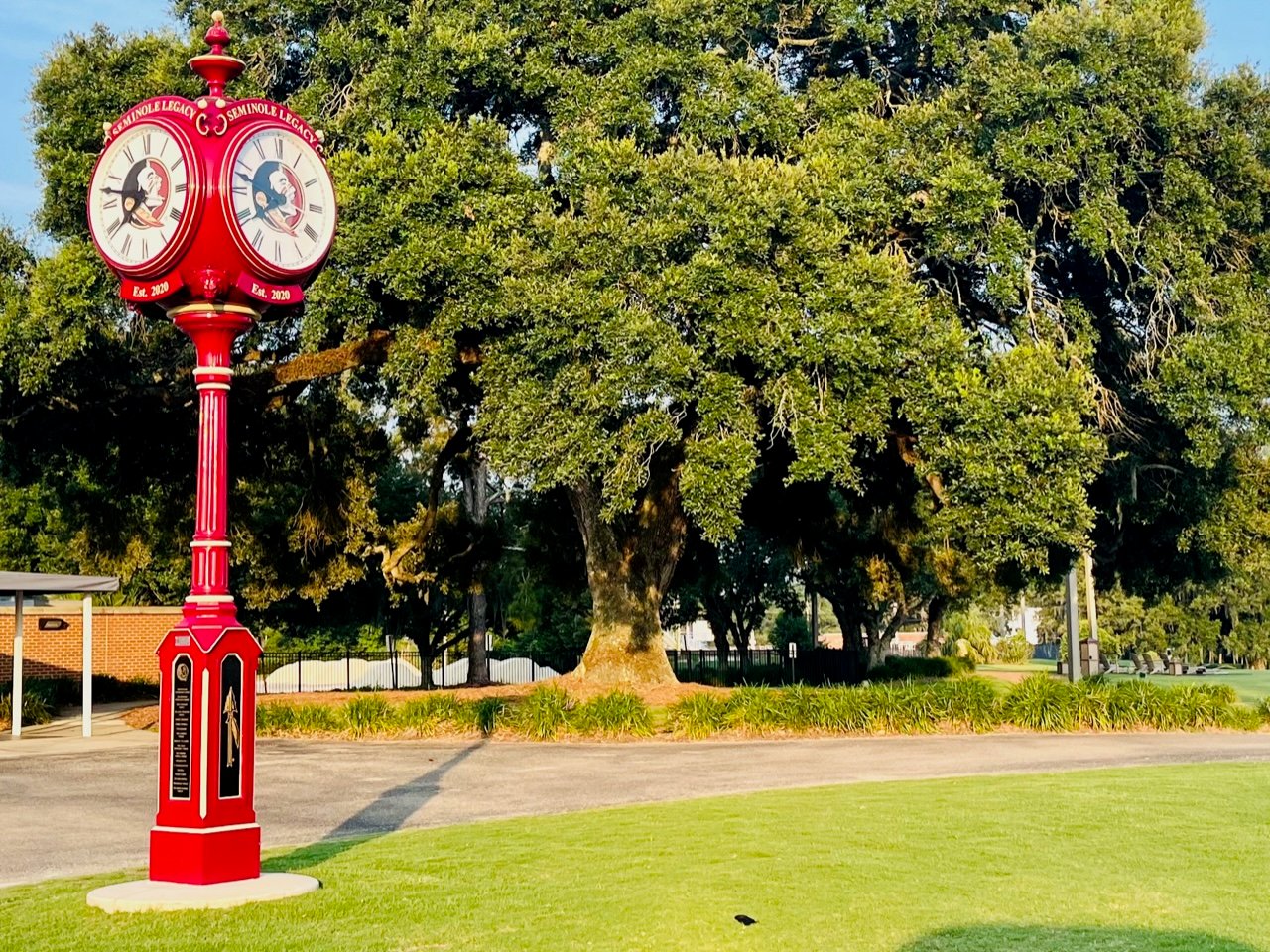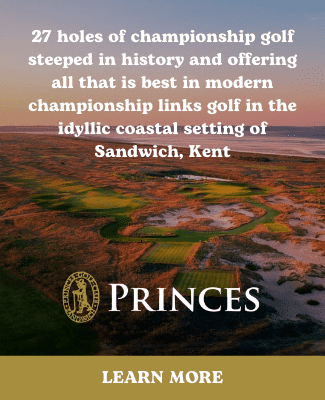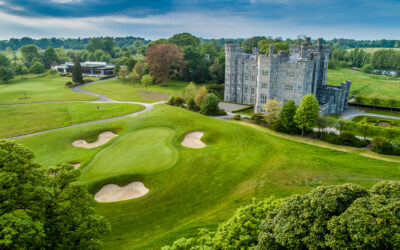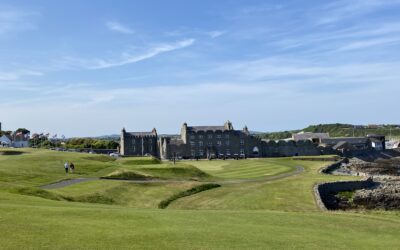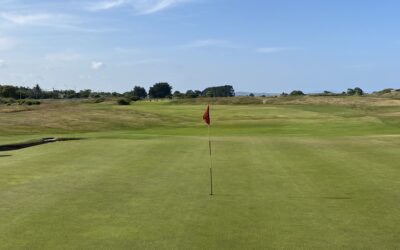After decades in the tourism wilderness, Northern Ireland is once again being recognized as a wonderfully attractive destination, especially for golf. For so long regarded as a no-go area for visitors, it is at last throwing off the battleground image and replacing it with something altogether more appealing.
Because the country was effectively off limits from the late 1960s until quite recently, very few tourists have been there. Consequently it has something of the allure of a fresh destination and, as far as tourism is concerned, the so-called ‘peace dividend’ is likely to prove substantial.
Regrettably, the ugly scenes of the awful strife that were beamed around the world have been almost indelibly etched into our minds. And so a vibrant, flourishing and peaceful Belfast comes as something of a shock. Driving through the bustling streets you see the occasional high fence or political mural that serves as a memorial to the ‘troubles’ but everything else is decidedly normal. What is perhaps strange is that anyone should be surprised by that.
Changing people’s perception of the country is the considerable task confronting those charged with the responsibility of attracting visitors. As someone who prides himself on being well-informed and worldly-wise, why was I taken aback by the breathtaking beauty of the place? The majestic mountains, craggy coastline, wonderful woodland and lovely lakes were bizarrely unexpected… as was the extraordinary warmth of the people. Why? Presumably because natural beauty is less newsworthy than man-made ugliness. Sadly, barbed wire trumps scenery every time.
In their bid to generate interest in what Northern Ireland has to offer, the authorities have been helped by the astonishing recent success of the country’s top golfers, Darren Clarke, Graeme McDowell and, most important of all, World No1 Rory McIlroy.
Having three world-class golfers has evidently raised Northern Ireland’s golfing profile and the question, what is it about the place that can produce so much talent from a population of only one-and-three-quarter million? Well, not only does it possess some of the greatest golfers but also among its 100 or so courses are some of the finest in the world. Since nowhere in the country is more than a couple of hours by car from Belfast, all are comfortably within striking distance.
Only about 45 minutes south of Belfast is the sleepy seaside town of Newcastle. Squeezed between the mighty Mourne Mountains and the Irish Sea, its popularity peaked in Victorian times when the Belfast and County Down railway brought holidaymakers escaping urban grime. The fabulous sandy beach that stretches for miles along the coast and about as far out to sea when the tide is low is its principal attraction. Forming a beautiful backdrop to the beach is a string of magical dunes that have been painted and photographed so often that they look very familiar. Behind them lies what is widely regarded as one of the greatest golf courses in the world, Royal County Down. To many, it is simply the best course on earth. Tom Watson said, “It is a tremendous test of golf and the outward half especially is as fine a nine holes as I have ever played.”
Work began on creating what is now known as the Championship Links in January 1889 and the first nine holes were finished before the end of March. In other words, very little in the way of construction needed to be done as pretty well everything was already there. Today, as you look across the rolling sea of dunes it’s hard to imagine a more perfect terrain on which to golf.
Old Tom Morris no less was invited to add another nine and they were completed a year after the course first opened. It has been tweaked a few times by such notable tweakers as Harry Vardon and Harry Colt but, excepting the closing three holes which Donald Steel recently improved, by 1927 the course was pretty well as it is today.
It’s quite simply spectacular. There are towering dunes, wonderfully elevated tees, a sprinkling of blind shots, true but terrifying greens, long par fours that are comfortably out of range in two for the average hacker and a massive amount of trouble including great clumps of heather, grisly gorse and penal rough. When you’re not searching for your ball, you can either look up to the magnificent Mountains of Mourne or out over the beautiful Dundrum Bay. And when you finally make it back to the clubhouse, you’ll find the welcome warm and friendly. There is a rather less intimidating track alongside the Championship Links called the Annesley Links which is strictly for the faint-hearted. My top tip is to stay at the splendid Slieve Donard Hotel (named after the highest of the Mountains of Mourne), which is bang next door and pure class.
Few would dispute that Royal County Down is Northern Ireland’s number one. It’s only serious challenger for the title is another sensational links course, Royal Portrush. Right up on the northernmost tip of the country, Portrush is another one of those quaint seaside towns that grew up in Victorian times. If you can spare a little time, the most beautiful way of getting there is to drive along the coastal route that stretches from Belfast all the way around County Antrim. Shortly before you reach Portrush, stop off at the famous Giant’s Causeway.

Like Royal County Down, Royal Portrush is blessed with two courses. The Valley course is set amongst the same dunes and has its loyal supporters but it’s the Dunluce that sends golfers into almost uncontrollable shrieks of delight. It has many claims to fame, not least as the first (and up to now, last) course outside of Great Britain to host the Open Championship. That was back in 1951 shortly after H S Colt had made some alterations, just as he had done at two other Open Championship venues, Hoylake and Muirfield.
It says something when, throughout the entire tournament, only two competitors managed to break 70. It’s not hard to see why. However, not every golfer has found the course that difficult. Playing in the North of Ireland Amateur Championship back in 2005, Rory McIlroy shot an astonishing 61 and recorded nothing worse than a four. As he was playing off plus four at the time, his score was adjusted upwards to 65.
Other famous names can be found on the honours boards in the clubhouse. Darren Clarke, for example, won the same championship as McIlroy back in 1990. Fred Daly was born in Portrush and was the only Irishman from either side of the border to have won The Open until Pádraig Harrington captured it in 2007. He was also the only Northern Irish major winner until Graeme McDowell won the U.S. Open. Daly’s triumph came in 1947 when he was the professional at the Balmoral Club in Belfast and his achievement is commemorated with a plaque.

Because the dunes are a bit further back and the terrain isn’t as intimidating as it is at Royal County Down, the Dunluce course appears to be a bit wider and more forgiving than it is in reality. Although it doesn’t look too tough, the rough is a great deal more punishing than it appears.
The views over the Atlantic and inland to the mountains are as unforgettable as some of the holes, the pick of which are: the 5th, a wonderful par four that sweeps downhill and onto a green that sits above the sea; and the 14th, a frightening 200-yard uphill par three that is aptly named ‘Calamity’. Possibly the only disappointing holes are the 17th and 18th where it would appear they ran out of dunes.
You can never really weary of links golf but partly for the sake of variety and partly to discover what all the fuss is about, I left the sea behind and headed inland for the Lough Erne Resort. In effect I was swapping sea water for something equally wet but non-saline as the lovely Lough Erne Resort is sandwiched between two stretches of water, Castle Hume Lough and Lower Lough Erne.
 From the moment you enter through the imposing wrought iron gates you’re conscious of being somewhere special. It’s a resort par excellence where everything is done in the grand manner, with undoubted style and enormous attention to detail.
From the moment you enter through the imposing wrought iron gates you’re conscious of being somewhere special. It’s a resort par excellence where everything is done in the grand manner, with undoubted style and enormous attention to detail.
Yet again, there are two courses but it’s the Nick Faldo one that is the main attraction and the one I played. It begins with a gentle walk over a long bridge to the first tee that provides a taste of what’s to come because water features on no fewer than 14 holes. Avoiding it ain’t easy as it’s not merely decorative but genuinely threatening. After the first few holes take you through the woods, the course climbs uphill and runs along a ridge before plunging back down and around the water’s edge.
 Between them, the water and woods provide all the definition you could possibly want and there’s plenty of elevation and loads of visual interest. The halfway house would make a magnificent detached home but has been earmarked for a seafood restaurant. Officially there’s no signature hole but unofficially the 10th with its near island green would take a lot of beating.
Between them, the water and woods provide all the definition you could possibly want and there’s plenty of elevation and loads of visual interest. The halfway house would make a magnificent detached home but has been earmarked for a seafood restaurant. Officially there’s no signature hole but unofficially the 10th with its near island green would take a lot of beating.
Frequently compared with Loch Lomond and clearly destined to be up there with the best of them, Lough Erne is living testimony to the new age of optimism that is dawning right across the six counties. It’s unimaginable that such a huge investment would have been made when times were more turbulent. Perhaps now might be an appropriate moment to consider congratulating the country for overcoming its problems by letting it host another Open.

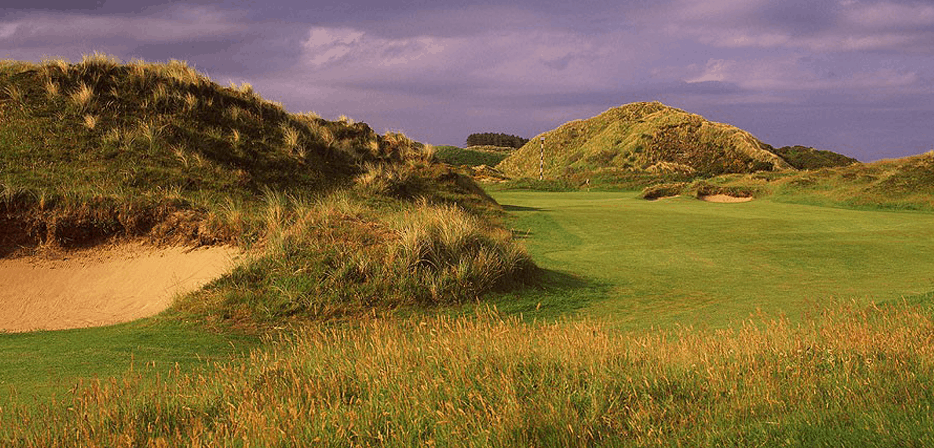

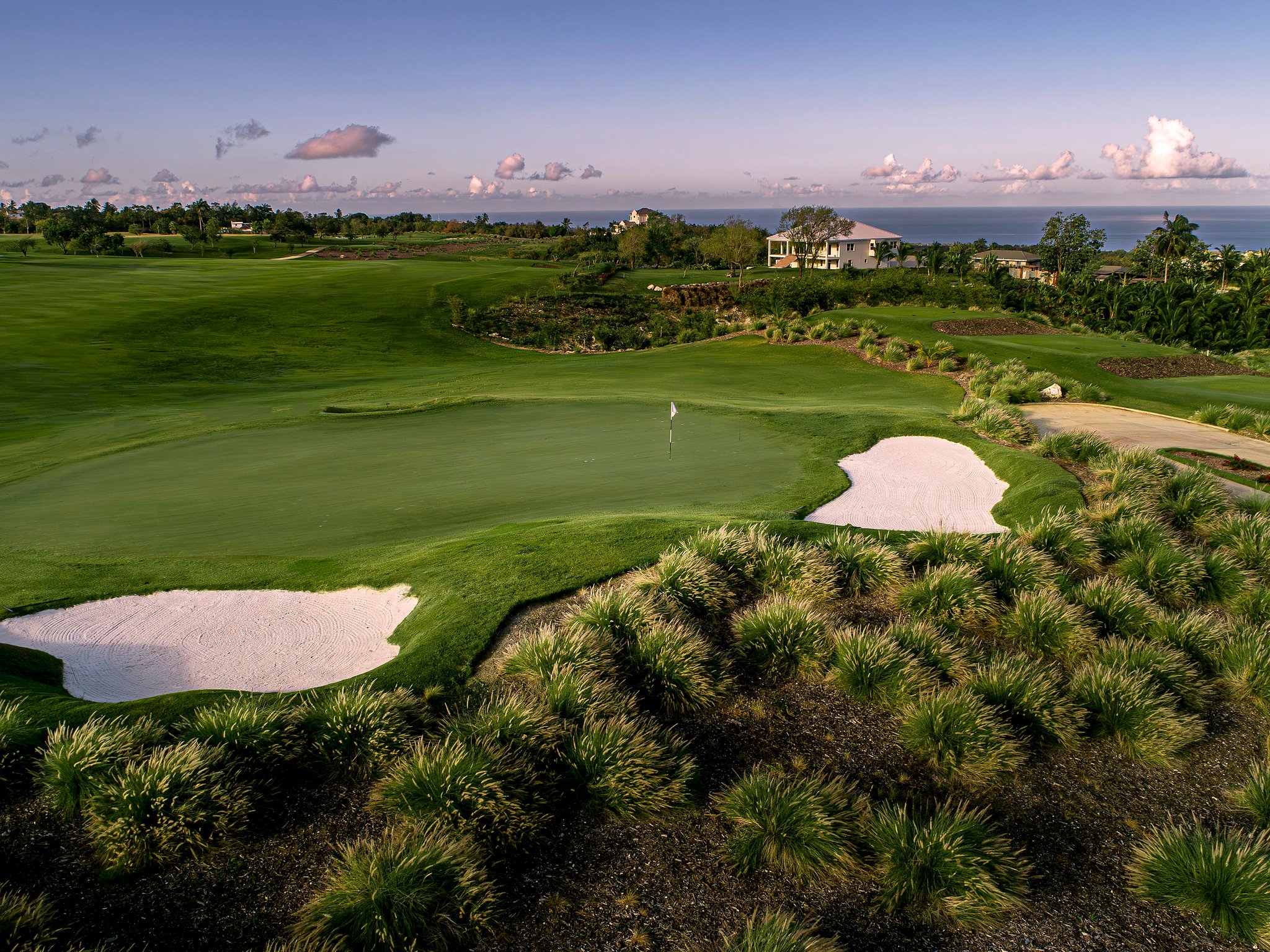
 0
0
